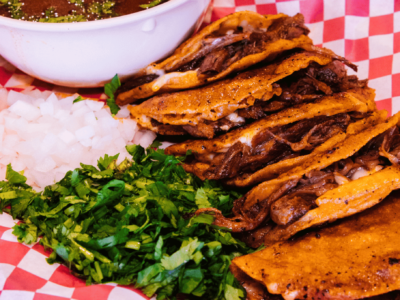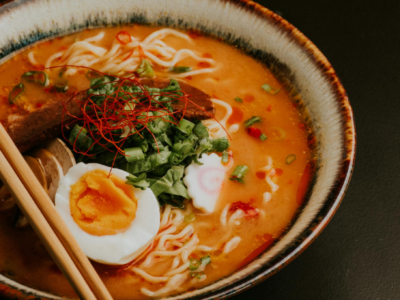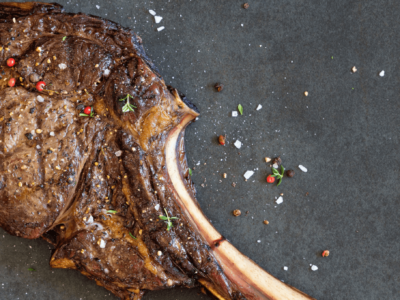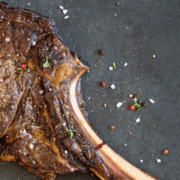Do you love hummingbirds? Does your house have these wonderful guests frequently? That’s great! And if you feed them every day, you must know how they love a good mix of sugar and water.
If you have been using commercial foods for hummingbirds, it’s time you learn how to make “hummingbird food DIY.”
It’s easy. Trust me! So, let’s get started with the recipe and other details.
Contents
Hummingbird Food Recipe And Other Details You Need To Know
If feeding the hummingbirds is your early morning regime, you must know that these tiny birds are voracious eaters. They need feeding every ten or fifteen minutes, and they burn calories really fast, with around 90 flaps per second.
So, it’s time to make enough nectar for the petite visitors with wings.
Ingredients Needed For Making Homemade Hummingbird Food

Whether you are a pet parent or not, making hummingbird food will be an easy task for you. You also need very few ingredients to make the nectar for them. Let’s have a look at the list of ingredients.
Also, getting the measurements and ratio of the ingredients right is very important as you need to make something that the birds can digest easily. I will talk about the ratio in detail shortly. Now, note down the ingredients.
- 1 cup of water
- 1/4th cup of sugar
Recipe For Hummingbird Food
Making the hummingbird food is a three-step process. Hummingbirds are not fussy eaters like your canine friends. However, you need to follow the steps properly so that they can eat well.
- Make a mixture of granulated white sugar and water with 1 cup water and 1/4th cup sugar. If you want to make more hummingbird food, increase the quantity of water and sugar accordingly. Once again, being particular with the ratio is the key to making good hummingbird nectar.
- Once the mixture is ready, put it in the oven and let it boil for around 2-3 minutes. You just need to wait as long as sugar gets dissolved into the water. You don’t need to transform the mixture into a thick syrup.
- Now, remove the mix from the oven and let it become cool. It will take around 15-20 minutes to completely cool down.
- Check the consistency of the mixture. Checking the mixture will help you understand whether you have got the ratio of water and sugar right or not.
- That’s it! You have the hummingbird food ready to fill the feeder.
Once the feeder is filled, wait for more and more hummingbirds to pay a visit to your house.
What Is The Ideal Hummingbird Food Ratio?

Do you know what hummingbirds love to have? They love sweet food. So, while making hummingbird food at home, you have to take care of the ratio.
It cannot be bland due to its high water content and low sugar content. Similarly, if the mixture has a higher sugar content, it will be bad for the digestive system of the birds.
The ideal ratio of water and granulated white sugar for making hummingbird nectar is 4:1. So, if you are using 1 cup of water, you will use 1/4th cup of sugar.
Many people go for a 5:1 or 3:1 water and sugar ratio. The 5:1 ratio is not bad, but definitely, it will make the nectar a little less sweet.
If you are following this ratio, you can boil the water and sugar mix for a few minutes extra. It will reduce the water content in the mix.
Further, the 3:1 ratio is not suitable for the daily consumption of hummingbirds. However, on cold and foggy days, you can go for this ratio. Some extra calorie consumption will help the birds to stay warm on colder days.
Can I Use Honey In Hummingbird Food?

No, you cannot use honey for making hummingbird food. Cane sugar is the best for the digestive system of hummingbirds.
You cannot use honey, brown sugar, or molasses for the food because they will make the nectar thicker. So it will be difficult for the birds to digest.
Further, the use of brown sugar, honey, or molasses will boost fermentation in the solution. With faster fermentation of the solution, the risks of fungal growth will increase. This fungus will be fatal for the birds.
On the other hand, the use of granulated white sugar in the nectar helps the birds to consume adequate calories.
If you use sugar substitutes for hummingbird food, it will not provide the birds with the calories they need. Also, sugar substitutes do not have any nutritional value.
Can I Put Hot Hummingbird Food In The Feeder?

No, you cannot put hot hummingbird food in the feeder. Bird feeders are usually made of plastic and glass. So, if you pour warm or hot solutions into the feeder, they may get leaked.
Also, if you pour warm hummingbird nectar into the feeder, there will be faster fermentation and contamination. So, wait till the mix cools down and then pour it into the feeder.
Why Do I Need To Boil The Water For Making Hummingbird Food?

You don’t need to boil the hummingbird food excessively. It’s true that boiling slows down the process of fermentation and contamination.
However, contamination happens as soon as a bird takes the first sip of the nectar. So, excessive boiling is not going to enhance the longevity of the nectar in any way.
You just need to boil the water until the granulated sugar is dissolved quickly.
Can I Store Hummingbird Food In The Fridge?

Yes, you can store hummingbird food in the fridge. It will remain fresh and edible for almost 1 week.
Final Words
Making hummingbird food is easy, and if you follow the process right, it will last up to one week.
However, make sure to clean the bird feeder once a week and fill it with freshly made nectar. If you keep the nectar for longer, it will get fermented, impacting the health of the birds.
That’s it! Get ready to listen to louder chirps in the morning with more birds paying a visit and having the nectar you made.
Also read












